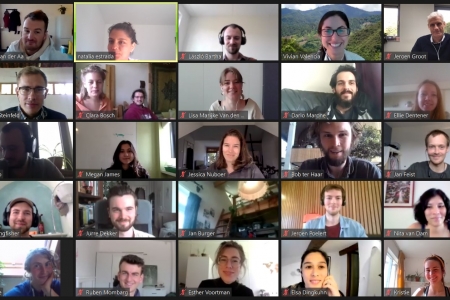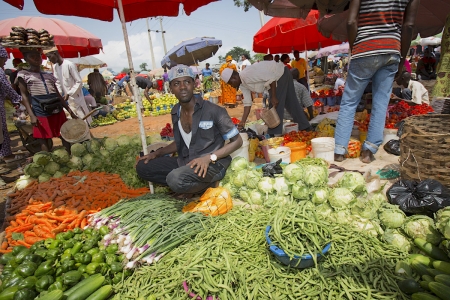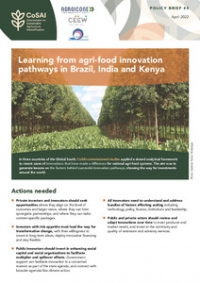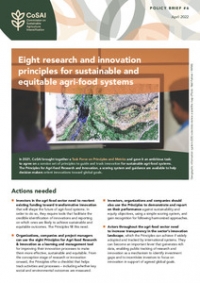Hydropower development is the primary driving force of river health in the Lancang River Basin and also affects the provision of ecosystem services by the Mekong River. But hydropower developers are short of knowledge on how hydropower projects in general impact river health, and how best to mitigate and compensate for these impacts at basin level. Meanwhile, institutions and communities in downstream countries do not have adequate information and opportunity to understand transboundary environmental effects of hydropower projects on the Lancang River. With a vision of integrating both ecological and social values, this project will assess river health of the Lancang River Basin with respect to the impacts of hydropower projects. A multi-scale state and impact assessment (MSIA) framework will be developed and applied to evaluate river health and the relationship between hydropower and river health. We will study key transboundary effects components including hydrology, sediment transport, water temperature, fish communities, flood, drought, and navigation. Based on the evaluation and comparison with international best practices, the environmental mitigation and compensation measures of hydropower projects will be studied at a basin level to fill existing knowledge gaps in the Lancang River Basin. Our project will also study the specific needs of women, and impacts on women’s lives and livelihoods, and factors that influence women’s participation in river health management. The experience and lessons of environmental protection of hydropower development in the Lancang River Basin will be shared with hydropower developers and regulators in Laos. This project will actively promote effective communications for broader stakeholder engagement, supported by the scientific evidenceit produces. Key stakeholders, including government agencies, hydropower developers, civil society, and NGOs will be involved in the consultationand communication. Thus, awareness, knowledge, involvement, communication and practice of stakeholders can be enhanced regarding environmental effects of hydropower projects in the Lancang River Basin. There are six categories of research output for this project: (1) Models and programs of river health assessment and impact evaluation, (2) Technical reports on river health assessment, transboundary effects, monitoring plans, gender survey and analysis, etc., (3) Publications (SoKs, conference/journal paper, contribution to WLE Greater Mekong edited volume), (4) media (newspaper articles, blog post/webstories), (5) Graduate theses/dissertations, and (6) Workshops and minutes of workshops. With the support of research and communication activities, this project is expected to achieve five outcomes: (1) Improve knowledge, skills and practice of the Chinese hydropower developer/regulator HydroLancang, (2) Strengthen dialog and communication on transboundary effects of hydropower projects on Lancang River, (3) Enhance awareness and involvement of women in river health assessment and management, (4) Improve knowledge and skills of environmental protection of hydropower developers and regulators in Laos, (5) Improve knowledge and skills of students in the AIRC.
menu


















